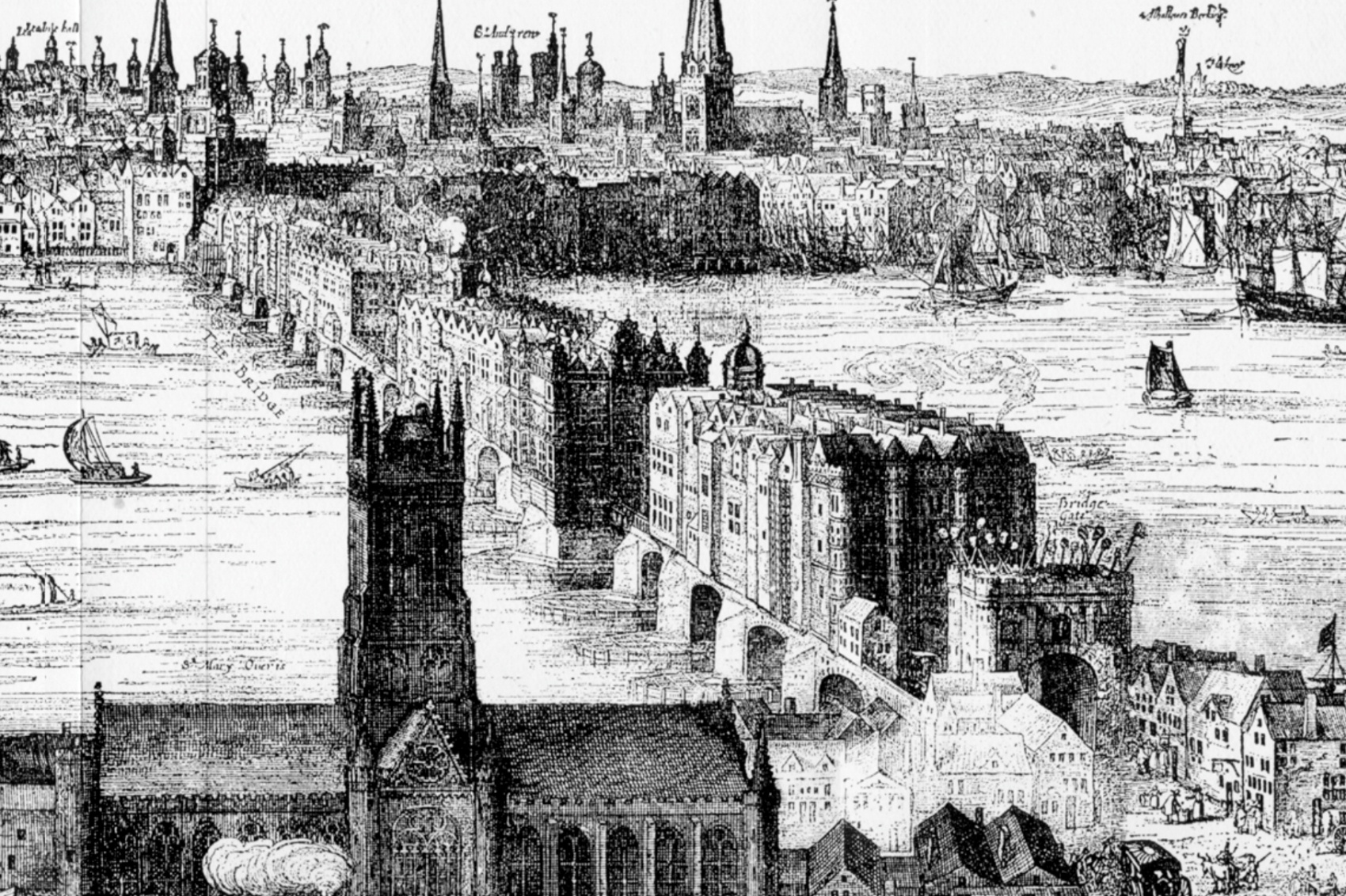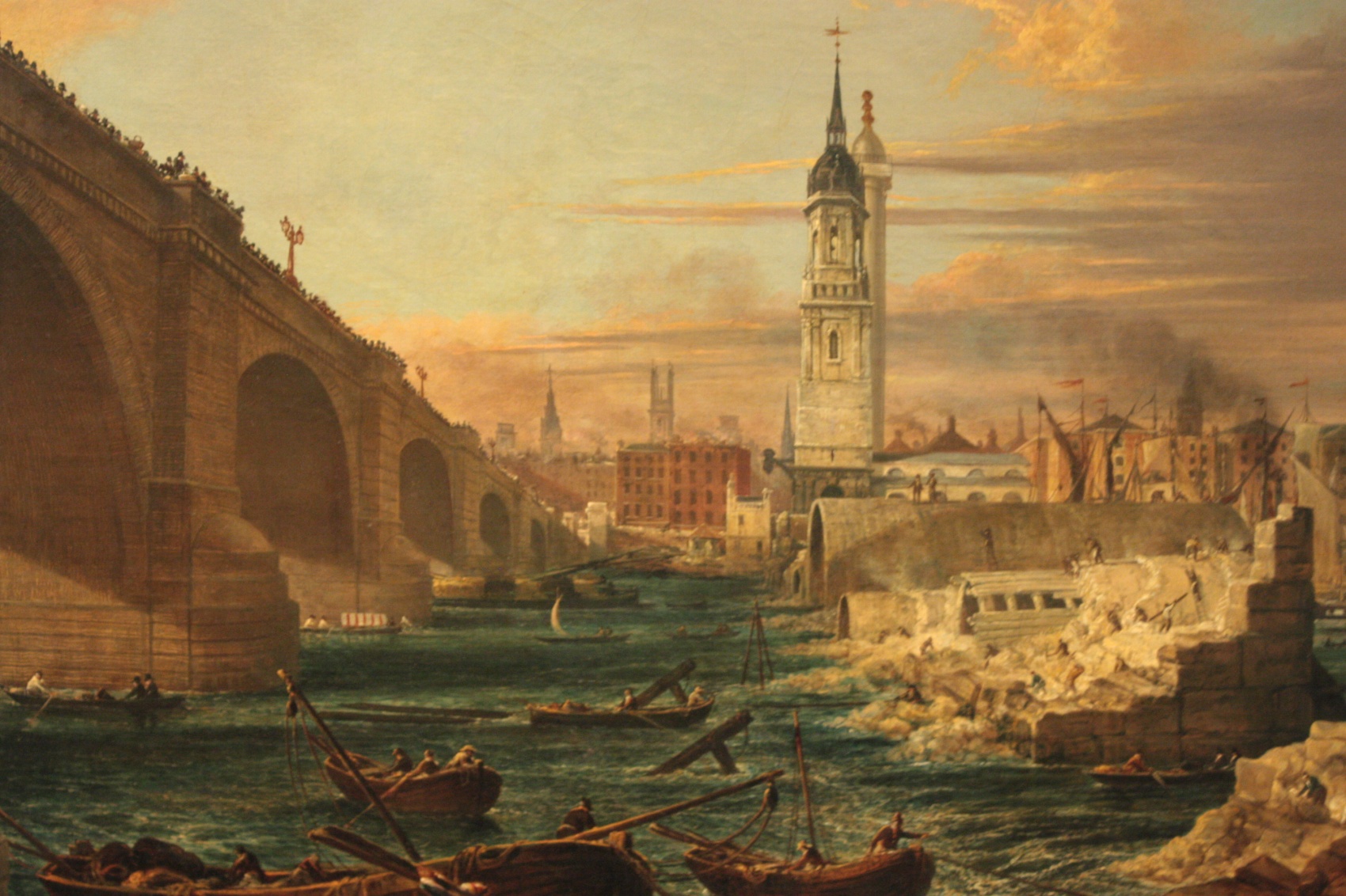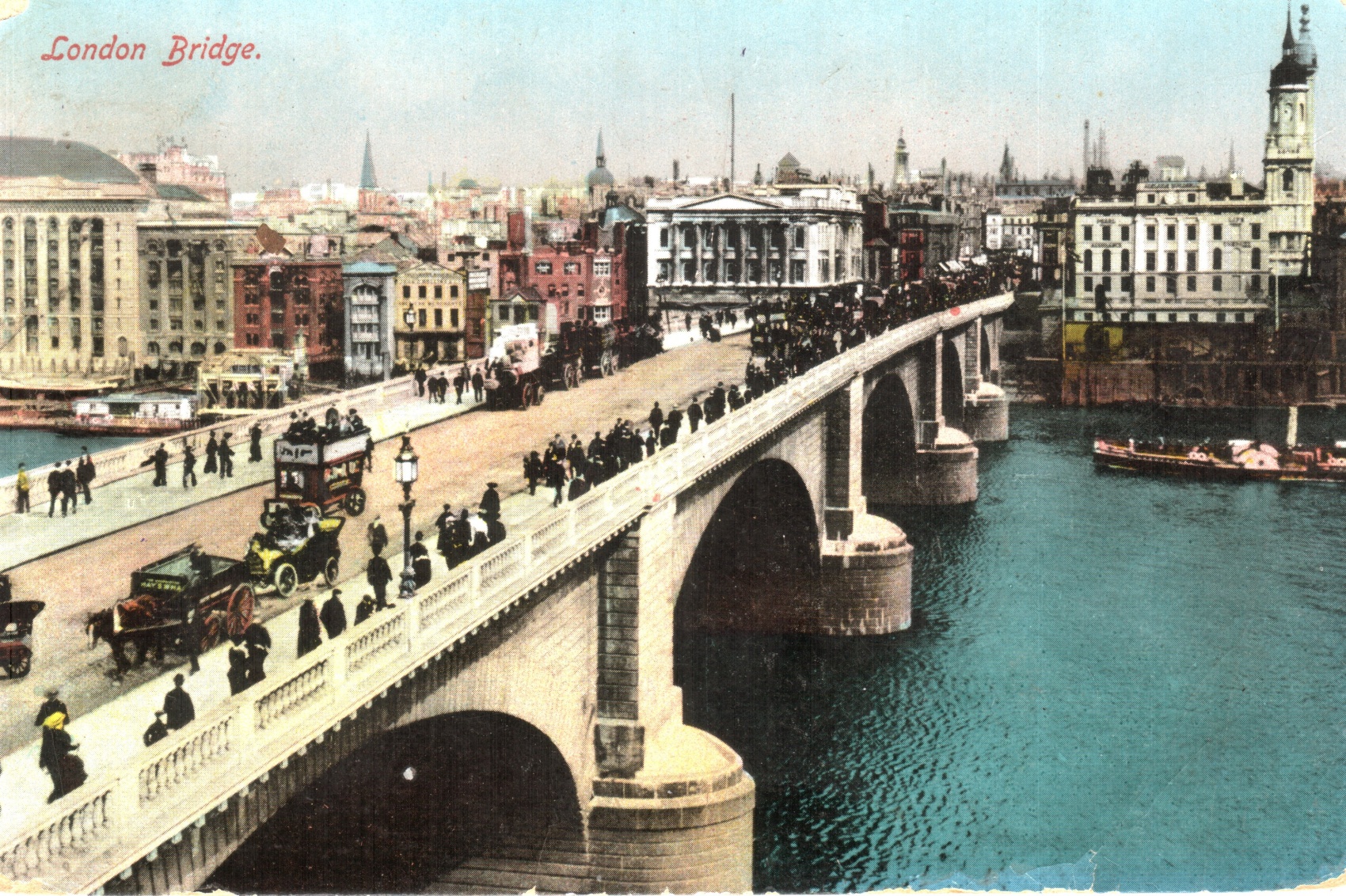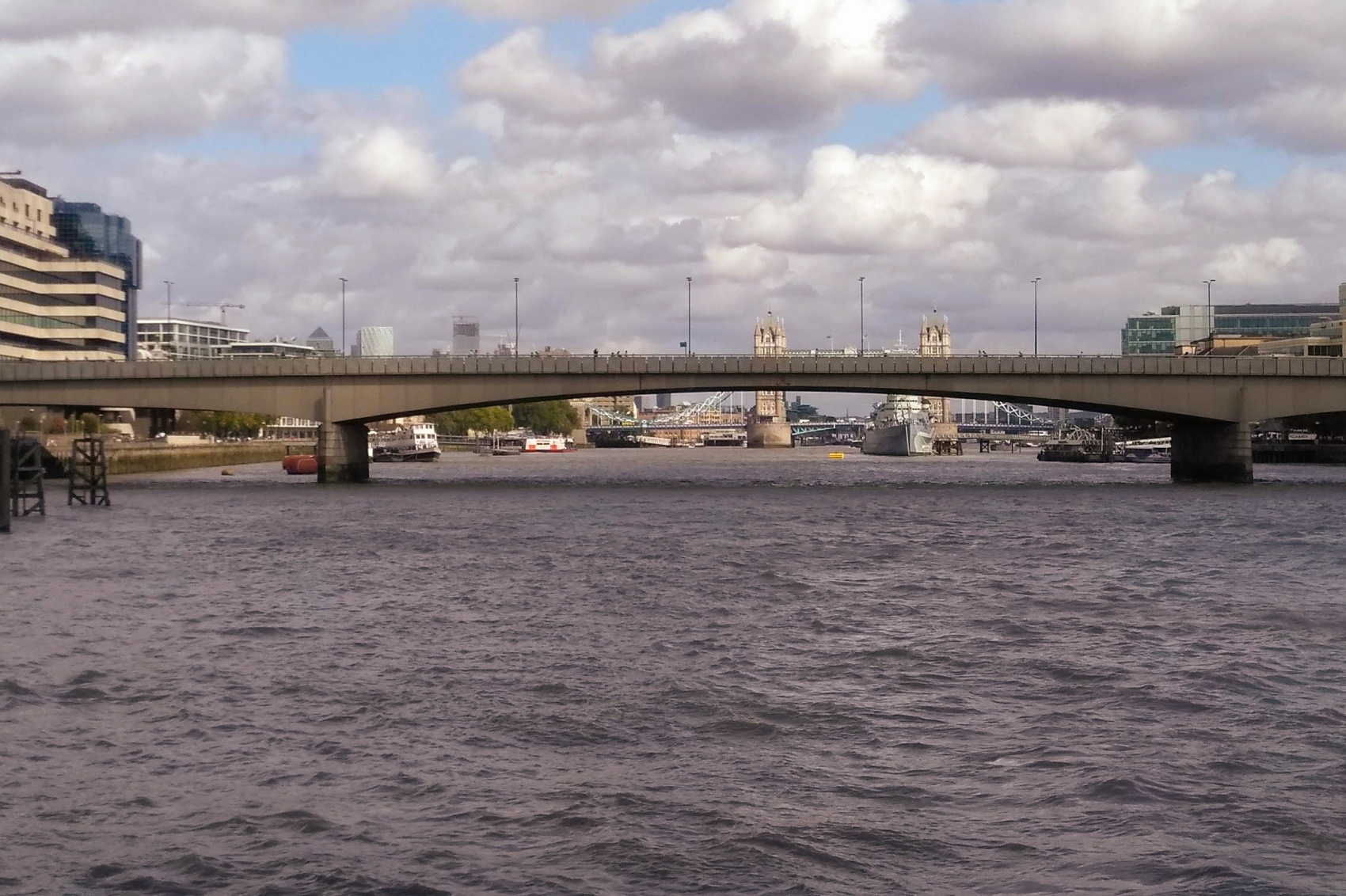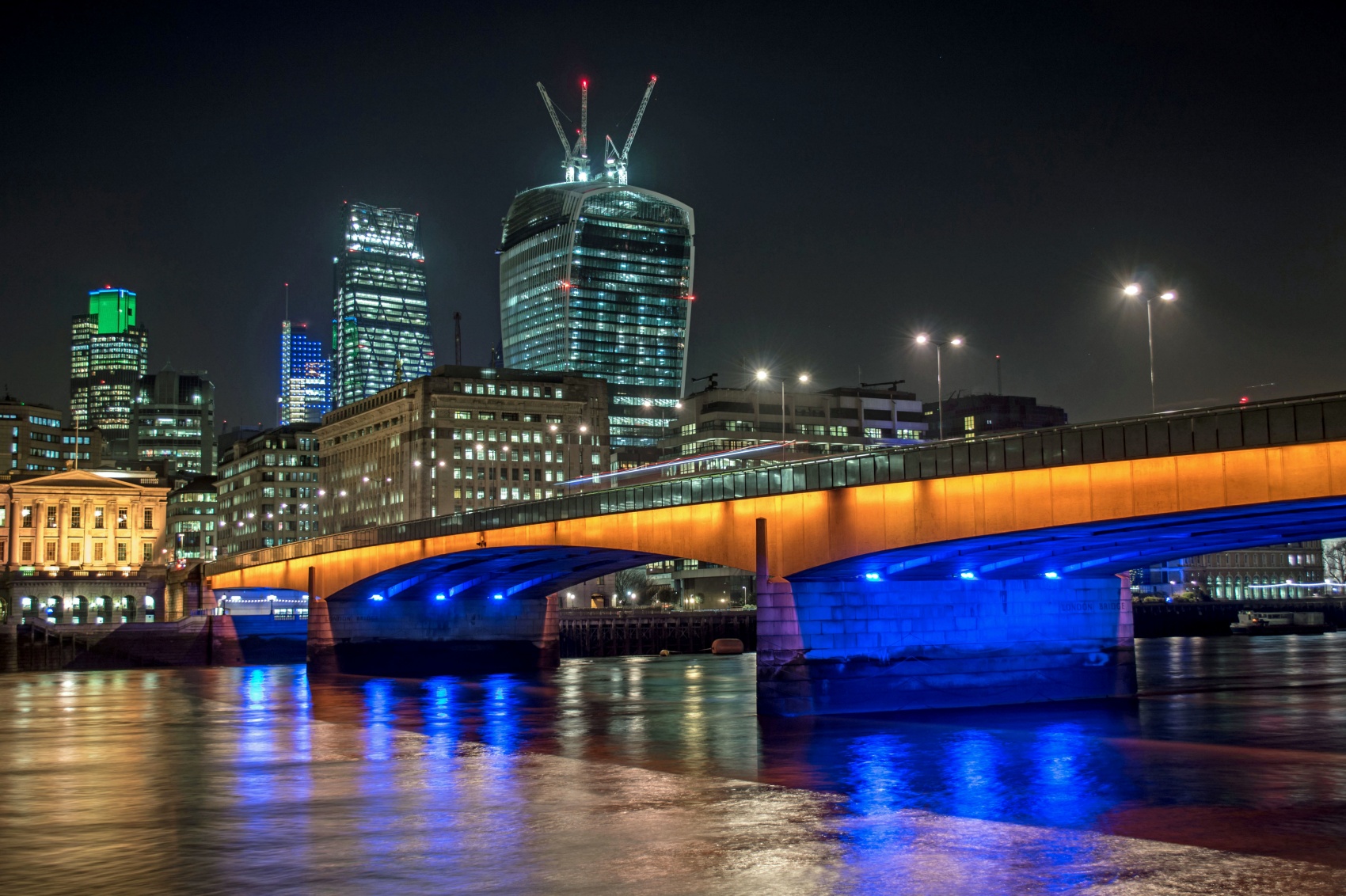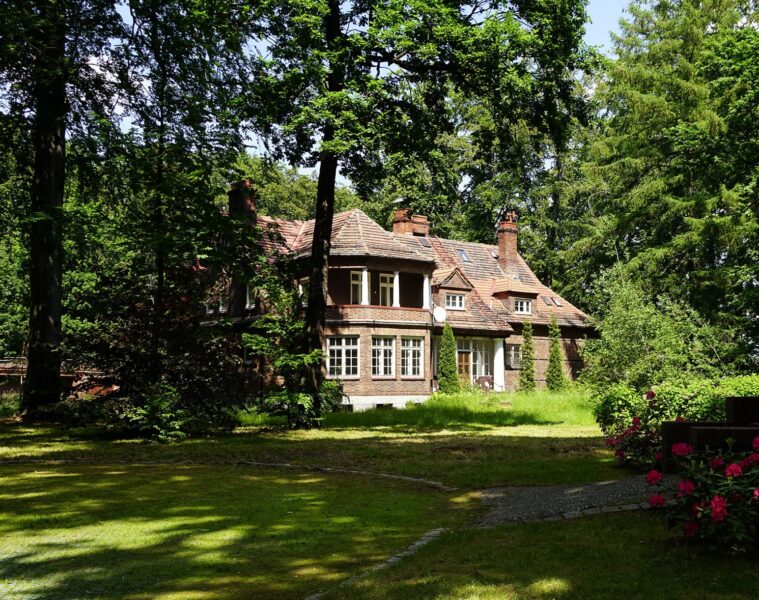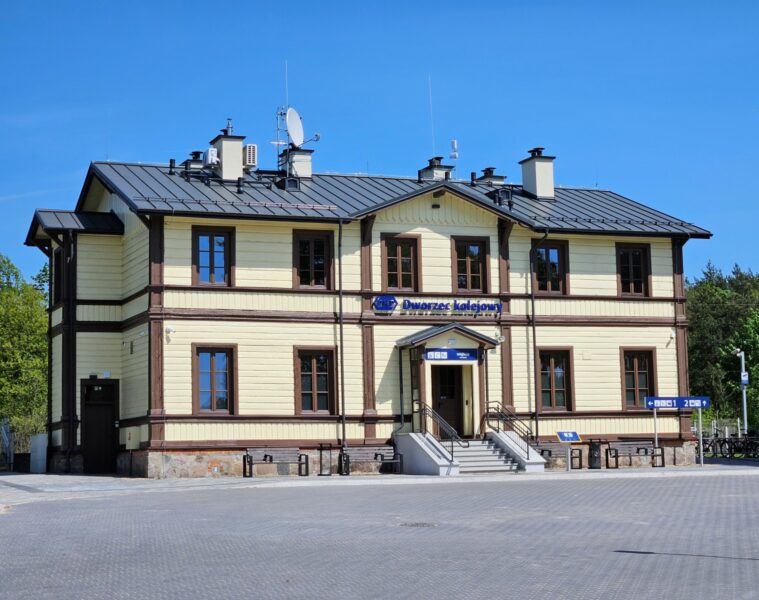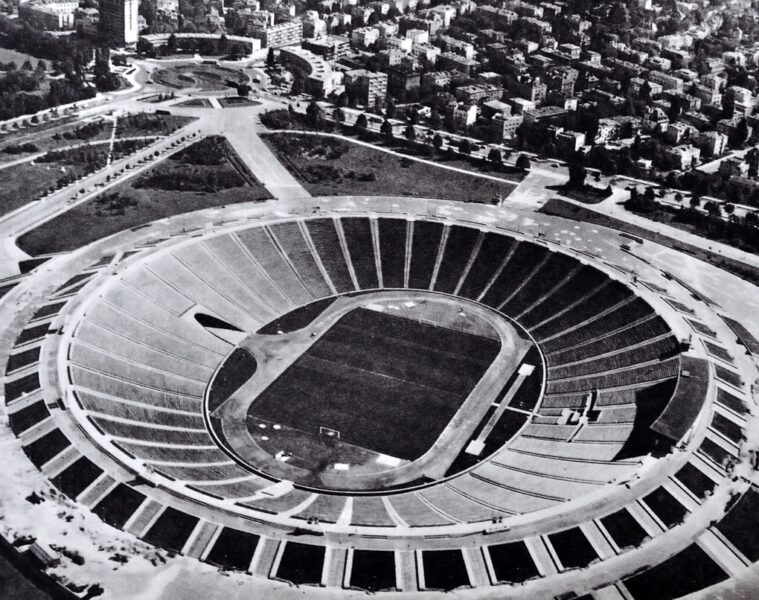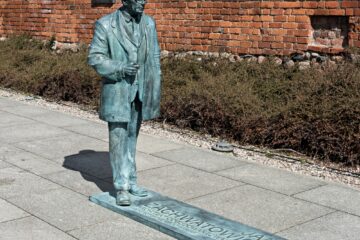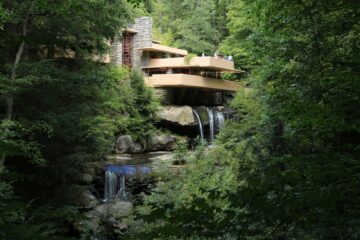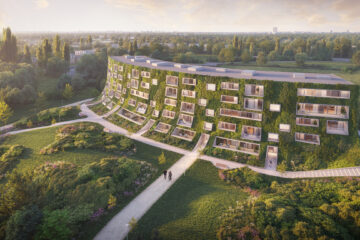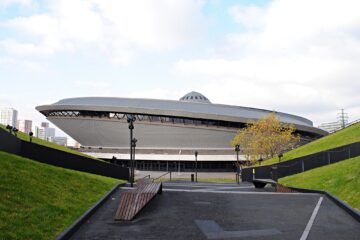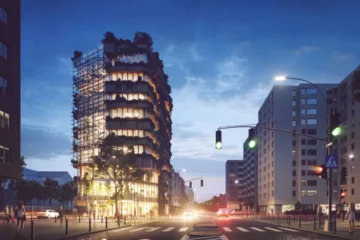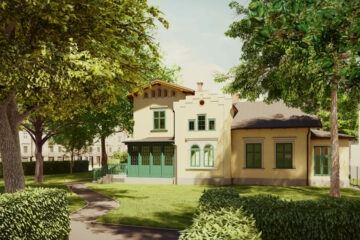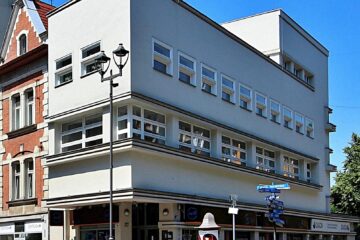Today’s London Bridge bears little resemblance to its previous form. Once upon a time, the bridge, built in the 13th century, was home to numerous townhouses, with shops on the ground floor of each. At one time it was one of the most important shopping streets in the City of London. Over time the tenements were demolished, but the interesting history of the bridge does not end with the removal of the old crossing – the successor to the old bridge was sold and exported to America.
Roman origins
The first crossing of the Thames was created by the Romans in the first century AD. Back then, a pontoon bridge was intended to connect the settlement of Londinium to the south bank of the river. After the fall of the empire, the Roman city and the bridge fell into disrepair. During the Anglo-Saxon period, numerous bridges were created from timber, which often succumbed to fire. In the 11th century, the bridge was rebuilt again by the descendants of the Vikings, who conquered England after 1066. At that time, a special guild was even formed and entrusted with the care of the bridge.
The construction of the solid bridge, with houses, shops and large gates where customs duties were collected, was completed in 1209. The crossing connecting the City of London and the nearby town of Southwark was 282m long. The stone structure was supported on 19 pillars with chambers to protect against the floe. The weight of the bridge was supported by arches set between the pillars. Interestingly, the narrow space between the pillars affected the strength of the river’s current. In winter, the Thames would freeze as the water flowed very slowly.
The inhabitants of the bridge
The road leading across the bridge was less than 5 m wide. In contrast, the entire bridge was 7.3 m wide. The limited space forced the residents to build upwards. In addition to the houses, the bridge was home to various shops and craftsmen’s workshops. On the bridge one could buy, among other things, haberdashery, gloves, arrows, cutlery or brushes.
The characteristic buildings on the bridge included a chapel, a stone gate and a tower with a footbridge in the middle. In addition to its customs function, the gate also fulfilled another, rather infamous role. The heads of traitors were impaled on the gate. The first head displayed on the gate belonged to the leader of the Scottish knights’ rebellion, William Wallace. In the 18th century the tower was replaced by Nonsuch House. The four-storey house was the de facto new gateway and showpiece of the bridge. In the Netherlands, specialised craftsmen built and then disassembled Nonsuch House. The ornate palace-like building was built without the use of a single nail. The parts of the structure were connected by wooden pegs. It was the first documented prefabricated building.
A medieval relic
By the 18th century, the bridge was already outdated. Houses often collapsed and the narrow street was not suitable for metropolitan traffic. Building fires on the bridge were not uncommon, although it should be mentioned that the bridge survived the Great Fire of London of 1666. Over time, houses built on the bridge began to be removed to widen the streets. By 1761 there was no longer any building on London Bridge. The new widened street was 14m wide. New balustrades and alcoves (alcoves) were also built along the bridge. In addition, the two central arches were joined into one large one to increase the flow capacity.
The efforts of City of London councillors did not save the bridge from its end. In 1832, the original London Bridge was demolished. A few metres away, a new, wider bridge made of granite was built. The new crossing was built with joint funding from the British Government and the City of London authorities. A competition to design London Bridge was launched as early as 1799, and the entire design and construction process took more than 30 years. Scottish engineer John Rennie designed London Bridge with five wide arches and it was his idea that won the competition. With the increasing urbanisation and industrial boom of the nineteenth century, the new bridge quickly became the busiest place in London.
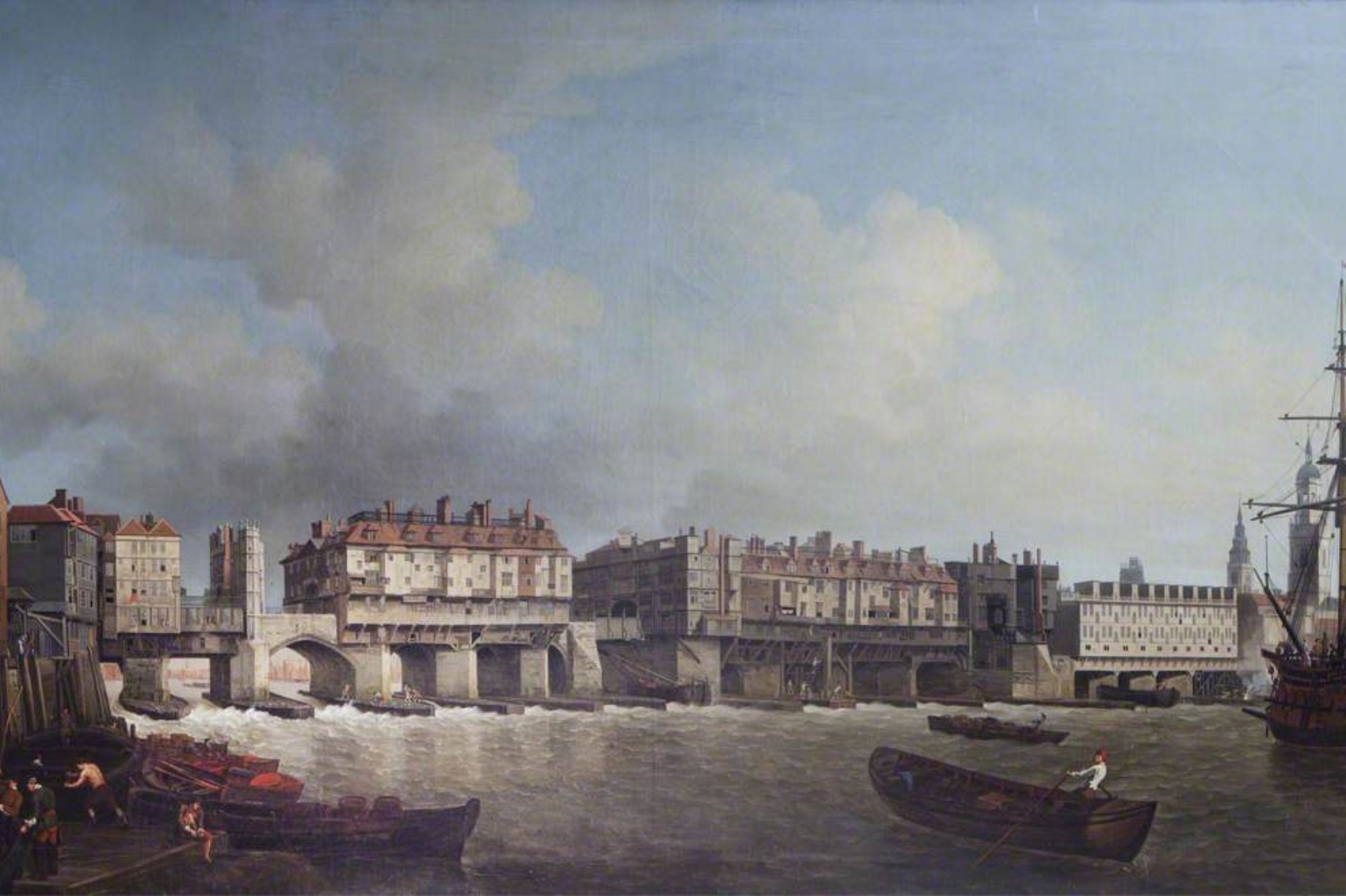
Why would a millionaire need a bridge?
After several decades of increased traffic on London Bridge, it was noticed that the bridge was collapsing by 2.5cm every eight years. The rate of collapse accelerated, and by 1924 the difference in height between parts of the bridge was as much as 9cm.
The problem dragged on until the 1960s, when a city councillor proposed selling the bridge. Although the idea seemed crazy, the city found a foreign buyer. In 1968, American businessman Robert P. McMulloch bought the bridge for $2.46 million, which, adjusted for inflation, comes to $21.936 million today.
Why would a millionaire want a bridge? It turns out to put it on a river in the state of Arizona. Parts of the London Bridge were transported by ship across the Panama Canal and put together in Lake Havasu City in three years. McMulloch was the founder of Lake Havasu City and wanted to make the city, which was being built by the lake, famous by purchasing the famous English bridge. As a thank you, the entrepreneur donated an acre of land in Lake Havasu City to the London Bridge Authority. To this day, the London Bridge in Arizona is one of the state’s biggest attractions.
Interestingly, there were rumours in the British press that an American had mistaken London Bridge for the stunning Tower Bridge. However, the city councillor responsible for the sale of the bridge denied these reports. The decision to sell, let alone buy, the bridge came as a big surprise to people in both the UK and the US.
Concrete history
The money earned from the sale of the 1831 bridge funded the construction of the current London Bridge. In 1973, Queen Elizabeth II officially opened the new bridge. This time London Bridge had only three arches. One large arch in the middle was supported by concrete pillars. The concrete structure is strong and functional, although modest in terms of aesthetics.
The current London Bridge is a very well designed structure compared to earlier crossings. However, the history of the bridge formerly connecting the two cities is not reflected in the architecture of the latest London Bridge. A bridge inhabited for 550 years can only be seen today in old paintings.
Source: English Heritage
Also read: Architecture | History | Interesting facts | London | UK | whiteMAD on Instagram


